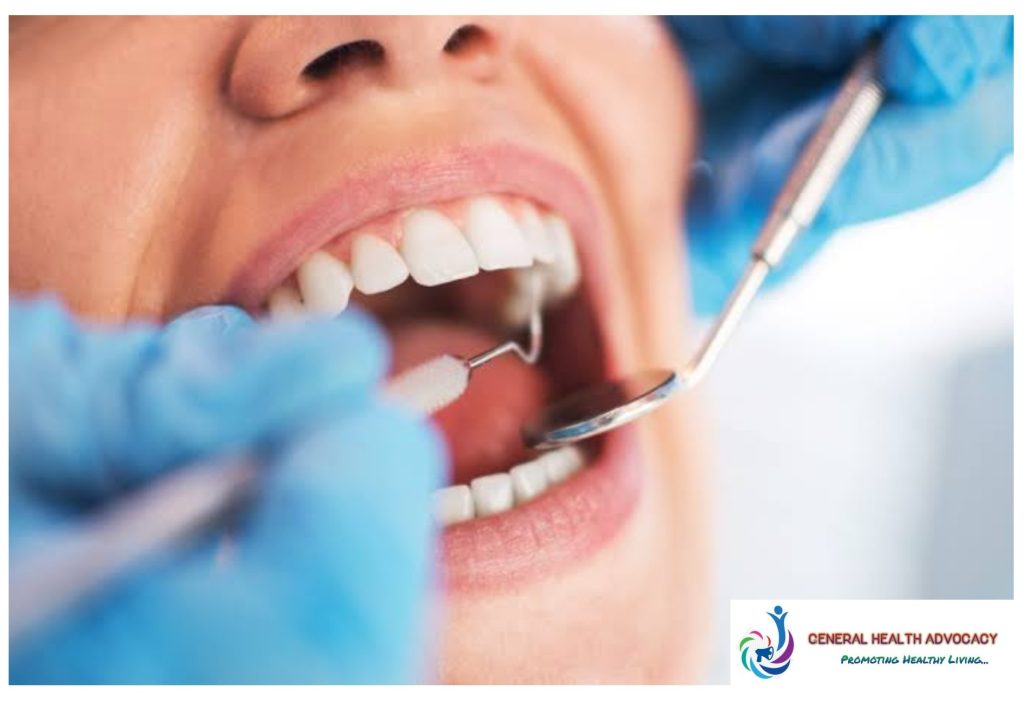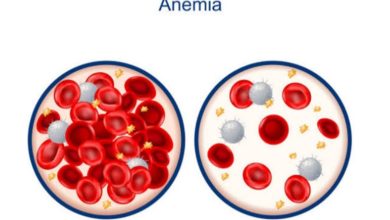Oral Health Care

Oral health is the state of the mouth, teeth and orofacial structures that enables individuals to perform essential functions such as eating, breathing and speaking, and encompasses psychosocial dimensions such as self-confidence, well-being and the ability to socialize and work without pain, discomfort and embarrassment. Oral health varies over the life course from early life to old age, is integral to general health and supports individuals in participating in society and achieving their potential.
Oral health can also be refers to the health of the teeth, gums, and the entire oral-facial system that allows us to smile, speak, and chew. Some of the most common diseases that impact our oral health include cavities (tooth decay), gum (periodontal) disease, and oral cancer.
According to World Health Organization, Oral diseases are among the most common noncommunicable diseases worldwide, affecting an estimated 3.5 billion people. While the global burden of oral health conditions is growing, particularly in low-income and middle-income countries, the overall burden of oral health conditions on services is likely to keep increasing because of population growth and ageing.
Poor oral health is associated with other chronic diseases such as diabetes and heart disease. Oral disease also is associated with risk behaviors such as using tobacco and consuming sugary foods and beverages.
When oral health is compromised by disease or injury, general health is also affected. The pain and discomfort associated with oral diseases make concentrating difficult, cause people to miss school or work, and can lead to social isolation.

Some common oral infections.
- Cavities (Tooth Decay)
Cavities are caused by a breakdown of the tooth enamel by acids produced by bacteria located in plaque that collects on teeth, especially along the gumline and in the crevices on the chewing surfaces of the teeth. Eating and drinking foods high in carbohydrates cause this bacteria to produce the acids that can cause the outer coating of the tooth (enamel) or root surface to break down (demineralize).
- Gum (Periodontal) Disease
Gum disease is mainly the result of infections and inflammation of the gums and bone that surround and support the teeth. Certain chronic conditions increase one’s risk for periodontal disease including diabetes, a weakened immune system, poor oral hygiene, and heredity. Tobacco use is also an important risk factor for gum disease.
- Thrush
Thrush is caused by an overgrowth of the naturally occurring “Candida albicans.” Common symptoms include white, curd-like plaques on the inner cheeks, tongue, roof of the mouth, and back of the throat.
- Hand, Foot, and Mouth Disease
Hand, Foot, and Mouth disease is a viral infection in the mouth and other parts of the body that typically affects toddlers and school-aged children. After a couple of days of sore throat and fever, slightly painful blisters develop inside the cheeks, on the tongue, palms, soles of the feet, and buttocks.
- Oral Herpes/Oral Cancer
Oral herpes can cause outbreaks of fluid-filled blisters in the mouth or on the lips that last for a week to 10 days. When the blisters rupture, the scabs last for a few days without pain. This infection is caused by the herpes simplex virus. Oral Human Papilloma Virus (HPV), the most common sexually transmitted disease, can cause cancers in the back of the throat, called “oropharyngeal cancers.” Early detection is key to increasing the survival rate for these cancers.
See Also
Here are some things you can do to maintain a healthy mouth and strong teeth.
- Drink fluoridated water and brush with fluoride toothpaste.
- Practice good oral hygiene. Brush teeth thoroughly twice a day and floss daily between the teeth to remove dental plaque.
- Visit your dentist at least once a year, even if you have no natural teeth or have dentures.
- Do not use any tobacco products. If you smoke, quit.
- Limit alcoholic drinks.
- If you have diabetes, work to maintain control of the disease.
- See your doctor or a dentist if you have sudden changes in taste and smell.




2 Comments